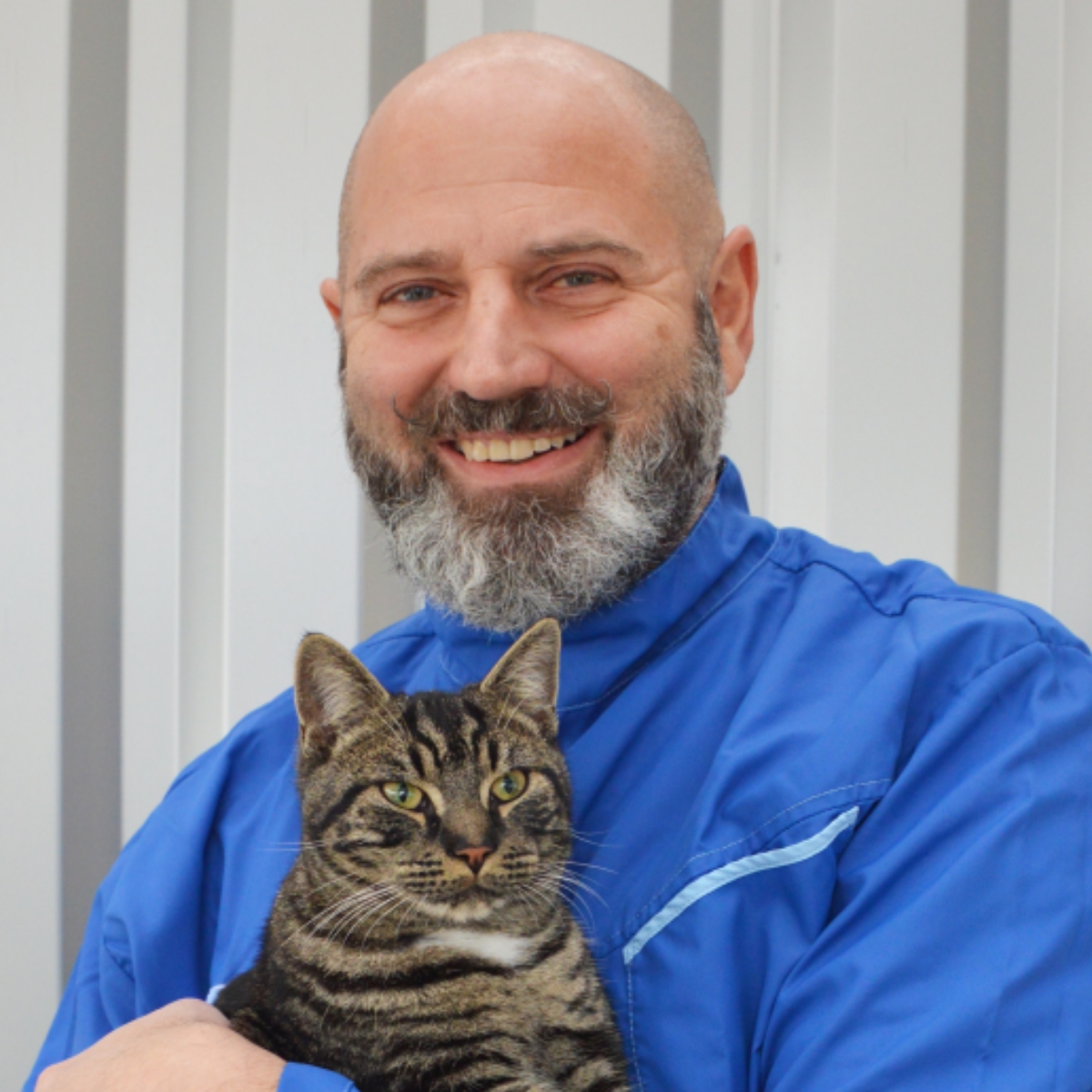
Pheromonotherapy by Patrick Pageat
Pheromonotherapy in domestic carnivore medicine is a medical technique for the treatment of behavioral disorders and the management and prevention of stressful situations in these species. Here is the Pheromonotherapy seen by the one who invented it.
Why and how did you become interested in animal pheromones?
Marker cats as a first point of entry
First of all, it is necessary to specify that my entry point into the world of ethology was through entomology. An insect enthusiast since my elementary school years, I became fascinated with insect behavior and eventually conducted the research for my PhD in this area.
When I created the behavioral pathology consultation at the veterinary school of Lyon, it quickly became apparent that one of the dominant reasons for consultation for cats was urinary marking. At that time, we castrated, we gave hormones, and some authors proposed very mutilating surgeries like the section of the olfactory peduncles, (a part of the brain which intervenes in the routing of the olfactory information towards the rest of the brain) but also the section of the penile muscles (the cat doesn't spray upwards any more when it makes marking, but it still urinates), and then finally we gave up or we euthanized. With my initial training in ethology, I decided to observe these marker cats. I could see that they were no longer marking, or much less, by rubbing their cheeks on objects along the way. This marking behavior was also observed in other felines such as the tiger. I thought that the cats were depositing something that played a role in their emotional stability, their confidence in their territory. So I tried to collect these secretions for analysis.
The beginning was very disappointing, the analysis seemed impossible, the samples seemed to contain nothing. On the other hand, when I used compresses and placed them where the cats had sprayed urine, they stopped renewing the marking. So I insisted and we finally found a better way to collect these secretions and we found some interesting molecules. That's how I got the idea to go into this field.
What did you expect to find?
I was looking for pheromones involved in the way the cat organized its space, its territory. It seemed obvious to me that the anxiety observed in these marker cats was due to a disturbance of the marks they had left. My idea was to restore these marks by means of synthetic marks, to help the cat to readapt.
How was your research perceived in the scientific world?
From the first patent application to scientific publications.
With a lot of skepticism. This had four main causes.
- The first was related to the way chemical communication was understood at the time. The idea that mammals could be influenced, like insects, by innate chemical signals was considered nonsense by many ethologists.
- The second was also related to the scientific preconception of the time that pheromones were secretions containing only one active component. Presenting a secretion with several associated components appeared to be a clear proof that what I presented could not be a pheromone. The third reason was very specific to the veterinary world, ethology was hardly taught and if there was any talk of pheromones, it was only of sexual pheromones. Claiming to treat animals with an airborne product had all the hallmarks of a scam.
- Finally, the fourth resulted from the strategy I adopted to develop Pherosynthesis (the forerunner of the IRSEA). The research had to be self-financed. So I started by patenting my first results on the composition of the secretions and their main effects, without taking the time to publish scientific articles. This strategy paid off by allowing me to negotiate a patent licensing agreement with SANOFI Santé Animale, the forerunner of CEVA. The situation turned around when I was able to reinvest in fundamental work and launch publications and scientific collaborations.
What is pheromonotherapy and what are its challenges?
The new pharmacological way
I think it is the new pharmacological way. Modern pharmacology has been built by combining an understanding of physiology with an understanding of the interactions between the molecular structure of the molecules used and the receptors on which they will act. This approach has made it possible to design ever more precise molecules, starting from the native active principles, those that can be found in nature. We have thus been able to design antibiotics, psychotropic drugs, anti-inflammatories and anti-cancer drugs that are more precise and more effective.
A certain number of fields of life have remained little explored and therefore unexploited. This is the case of semiochemistry. The idea of a semiochemistry applied to medicine and agriculture, has been the common thread of my work and remains the guiding axis of our institute IRSEA and our group. This approach allows us to imagine interacting with other species, to influence certain biological phenomena, without trying to destroy or block them. It is also a question of using tools that are precise enough to avoid collateral effects on the physiology of the target subjects or on the environment. This new branch of pharmacology has entered a new era, which signals its maturity. Until now, we have observed animals and plants, we have noted the moments when they seemed to emit something, we have located the place of emission, we have captured these messages and we have analyzed them to finally copy them and use them.
Today, we have begun to understand this code, thanks to our work on the receptors, the physiology of the vomeronasal organ and the physiology of the emitting glands. We have started to create semiochemicals that do not exist in the target species, to influence certain behaviors, especially in pets or farm animals or in host-parasite interactions. This is a real revolution in the management of our interactions with the rest of the living world.
